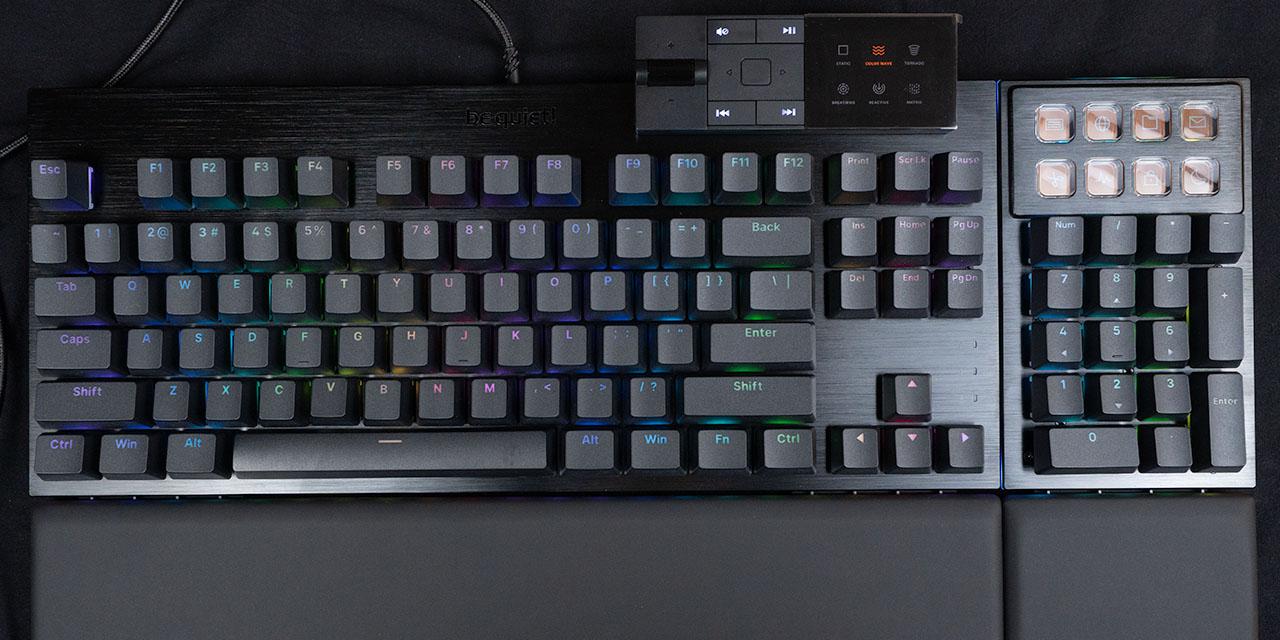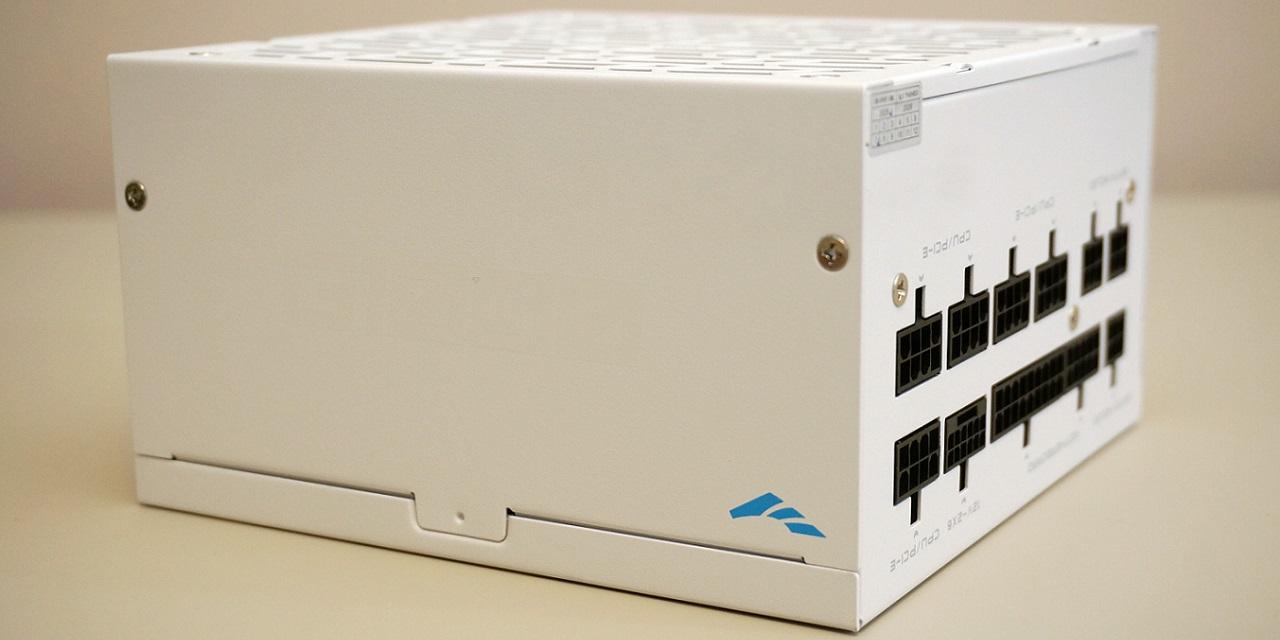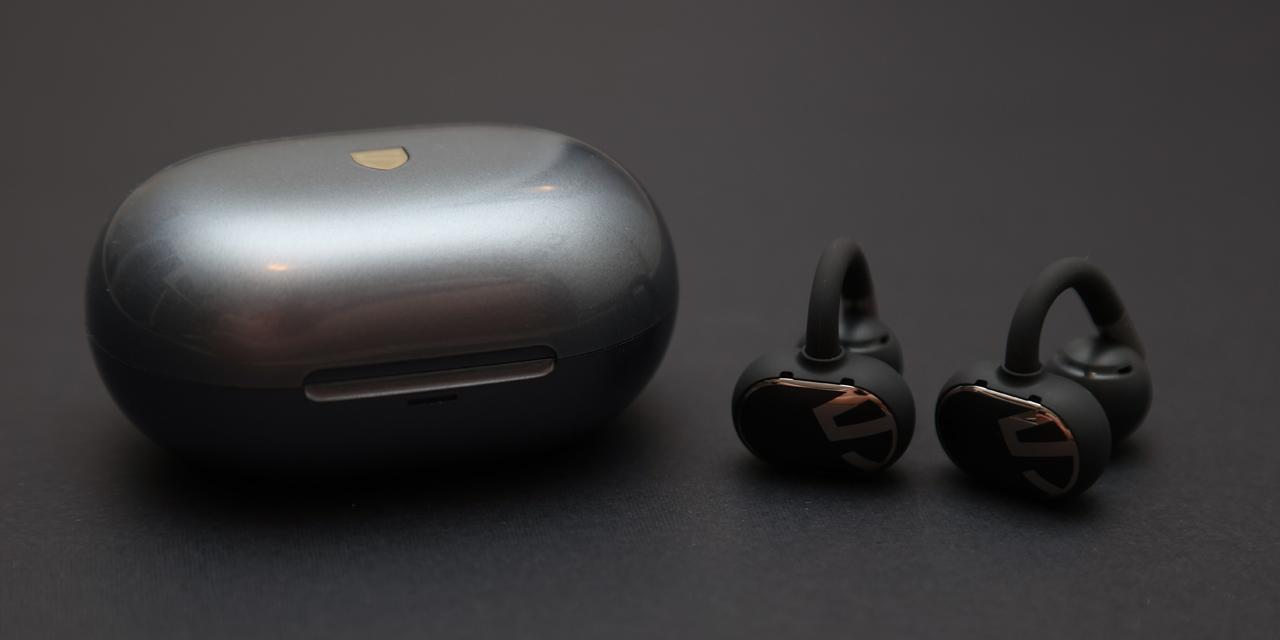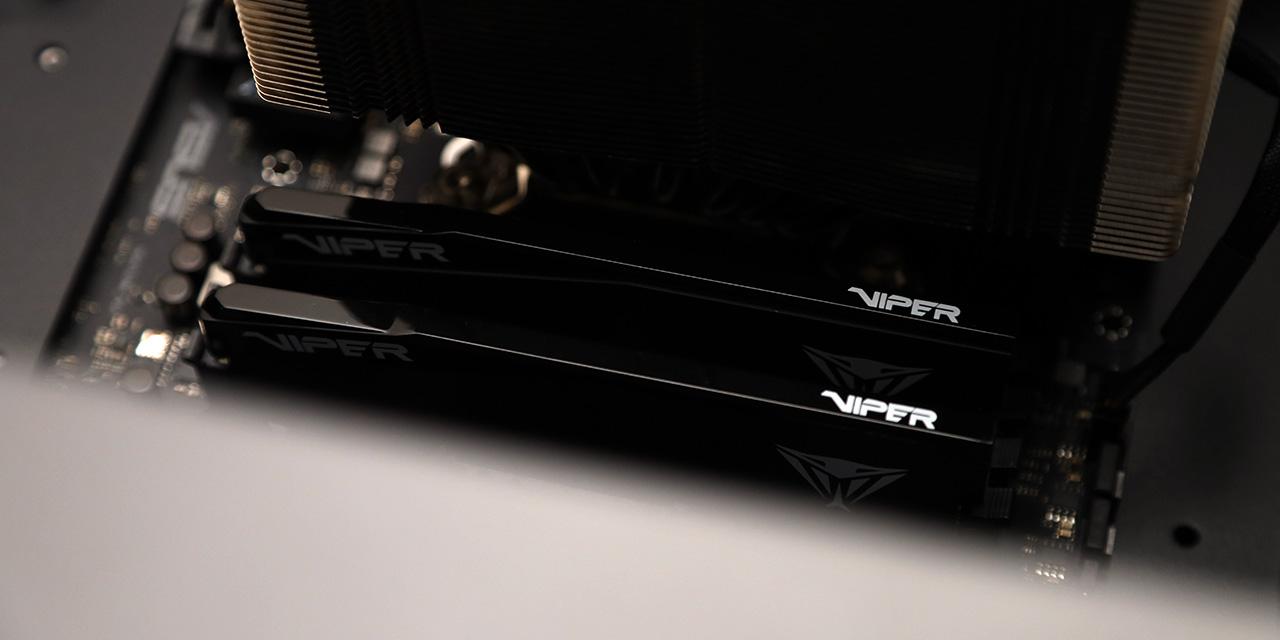Page 2 - Physical Look - Hardware

It has been some time since we reviewed a pair of Bluetooth earphones that are not truly wireless. In fact, you will have to go back to 2021 when we looked at the Philips Wireless Neckband ANC PN505. Of course, the SOUNDPEATS Q40 HD is built differently. The unit is comprised of two earbuds connected by a single cable, with a large pod tethered in between and closer to the right ear. Its all-black color palette across all the elements is combined with SOUNDPEATS logo on each ear. The cable connecting everything measures 68.6cm from one ear to the other, and is designed to sit around your head and rest on your neck. SOUNDPEATS has included a clip and a silicone stopper to effectively shorten this length if you desire. The large pod is where you can find all the controls and inputs of the SOUNDPEATS Q40 HD. It is plastic with some rubber elements for the button and to cover the charging USB Type-C port. Each earbud is metal and magnetic so that the two ears can stick together. This effectively makes the Q40 HD a necklace around your neck when you are not using it. Unfortunately, during my testing, I noticed the outer parts that contact each other have started to scratch away. This is more noticeable on the edges, but it is unsurprising given the metal-on-metal contact. Even if it is just surface damage at most, I would have liked to see a bit more durability.
In terms of dimensions, the whole unit weighs approximately 17g, which is light. Given the cable can rest on your neck for most of the time, I doubt you will feel them in your ears. This only becomes an issue when you have one ear in and one out, as you will feel the tug shortly after. If you run or move about while wearing the Q40 HD, you will not notice a difference between true wireless options and this one. Furthermore, you have the added benefit of security if one ear does indeed fall out.
According to SOUNDPEATS, there are two batteries in the Q40 HD. The batteries measure 55mAh in capacity each, which make for a total of 110mAh. Based on these specifications, the manufacturer estimates twenty hours of battery life while only requiring 1.5 hours to fully charge it. In addition, SOUNDPEATS claims a 10-minute charge will provide 5 hours of use. We will test these claims later in our review. Otherwise, there is a small multi color LED on the pod to indicate status. When the Q40 HD is turned on, this light will glow blue until it turns red for low battery. When plugged in, the light glows red until it turns blue for full charge.

As for the controls, the SOUNDPEATS Q40 HD has three buttons on the right pod. They are quite responsive with a rubber finish and a tactile click on each press. The top and bottom buttons are marked by a + and - symbol. On single short presses, this increases and decreases the volume, respectively. Longer presses will go to the Next track for + and Previous track for -. In the middle, we have a button marked by a play triangle. This is a multi-function button that acts as the power button on long presses. Single short presses will play or pause your music. You can also use this button to accept, end, and reject calls. Finally, double pressing the multi-function button brings up your phone's smart assistant. Overall, these controls work well, especially since the buttons are so tactile and easy to locate. On the side of this pod is a rubber flap with a USB Type-C port underneath. This is how you will charge the Q40 HD. A small microphone hole is on this pod, as well as the aforementioned status LED light.
The SOUNDPEATS Q40 HD will remember the last device you paired your device to. It also offers multi-point connections for two devices, although you need to install the mobile application to do this. I personally could not get the app working on my devices, so I did not try this function out. Otherwise, if you need to pair the Q40 HD with a new device, you can do so by holding the volume up and down buttons down for three seconds. When it is pairing, the status LED will flash red and blue until a connection is established.

The earpieces of the SOUNDPEATS Q40 HD are not small by any measure. Even without any silicone tip or ear wing attached, the earbud measures about 27mm in length, which is quite large. You will notice them protruding from your ears while you are wearing them. SOUNDPEATS includes three sizes of ear wings and five sizes of ear tips. They are all silicone and work in securing the earbud in your ear. The wing hooks into your triangular fossa, which is a good anchoring place. In addition, you can use the two clips to hold the cable to your clothing. I personally did not have any issues keeping the Q40 HD in my ears, as the medium sized wings and tips were more than sufficient in holding everything in place.
Internally, each side has an 11mm dual-magnet dynamic driver. Unfortunately, SOUNDPEATS has not provided any other specifications regarding the frequency response or sensitivity. The SOUNDPEATS Q40 HD has an ingress protection rating of IP67, which translates to complete dust protection and protection from temporary immersion in water of up to 1m. These should be safe from sweat or rain, making them great for use on-the-go regardless of the weather conditions. I would still not recommend swimming with these, especially since you could be in waters deeper than 1m. One thing that is noticeably missing from this pair of earphones is active noise cancellation, which does seem a bit odd.
The SOUNDPEATS Q40 HD connects to devices with Bluetooth 5.4. Supported codecs of the SOUNDPEATS Q40 HD include SBC, AAC, and LDAC. SBC, or Subband Coding, is the default Bluetooth audio codec with decent audio quality and low processing power requirements. This codec maxes out at 328 kbps. AAC, or Advanced Audio Coding, is preferred by Apple's devices and maxes out at 250 kbps. Despite having a lower maximum bitrate, AAC offers better sound quality. Finally, Sony's LDAC has the highest bitrate at up to 990 kbps. Unfortunately, we do not have support for Qualcomm's aptX, but most Android devices support LDAC, which should enable higher quality audio.
Page Index
1. Introduction, Packaging, Specifications
2. Physical Look - Hardware
3. Subjective Audio Analysis
4. Conclusion





